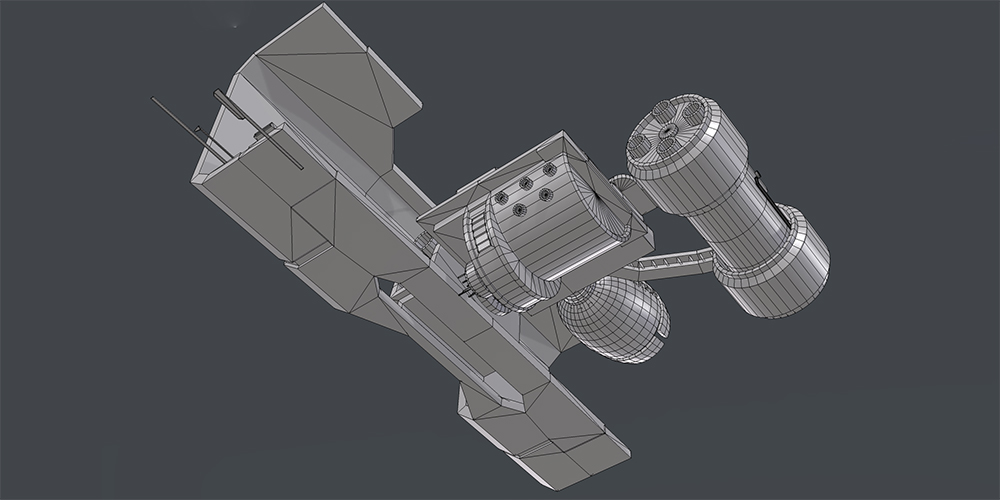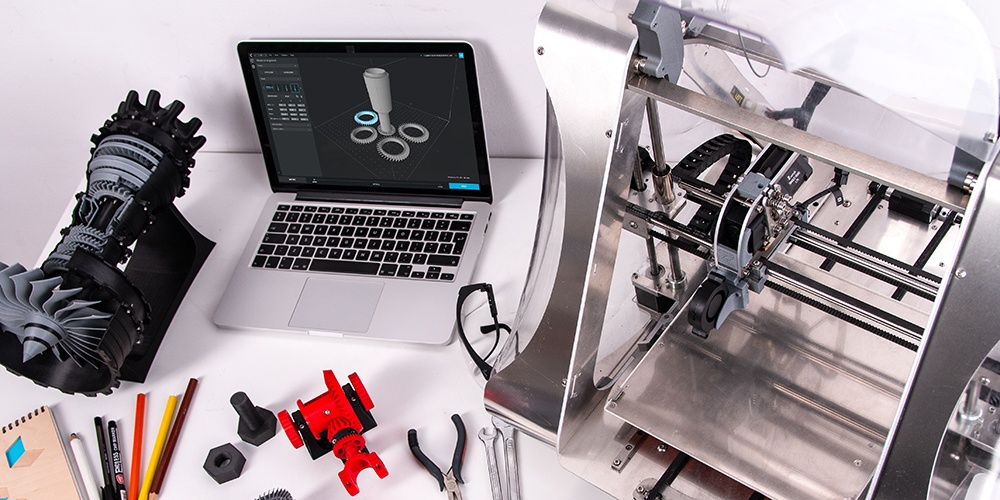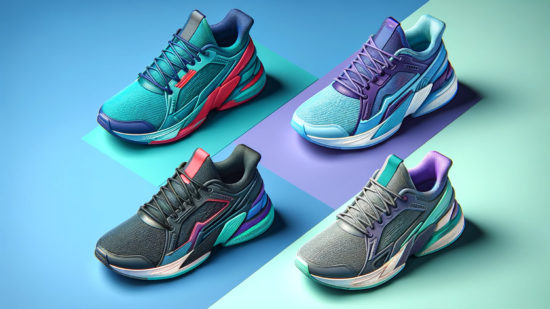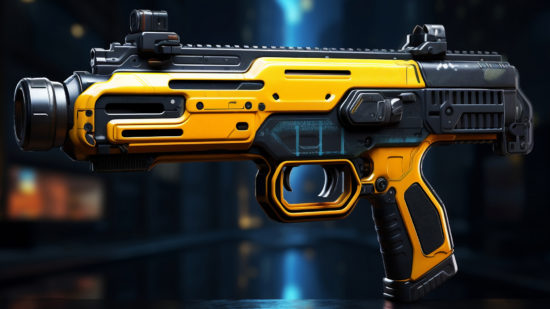Could you imagine having to send a letter each time you wanted to communicate with someone far away?
Tools like SMS and online messaging have changed the communication game so much that it’s hard to imagine going back to letters. We see the same situation with engineering and 3D modeling software: this new class of tools has become invaluable, and certainly highly popular. For example, in the U.S. alone, an estimated 60K people are using these tools every day in their work.
If you want to use this tool the right way, you should learn how it works, what its applications are, and what other options are available. Hopefully, this article will cover these points and help you get started in this field or find expert 3D modeling services.
How does 3D modeling for engineering work?
While most people have a general understanding of what a 3D model is (a volumetric digital representation of an object), those who haven’t worked with such assets have a harder time grasping how the models come about. To clear things up, let’s take a look at how the 3D modeling process usually works for engineers.
Main 3D modeling techniques used in engineering:
1. Polygon-based modeling

The polygonal approach is what most artists think of when “3D modeling” is brought up, simply because this is the most popular method. While it is great for general visualizations and architectural presentations, it is not the dominant choice for engineers. Usually, this technique involves taking a simple shape and deforming/modifying it to give it a more accurate and detailed form.
2. Reference-based modeling

Speaking in general, any model needs a reference or idea as a foundation, but here, we are referring to scan-based modeling and photogrammetry. For the scan approach, a piece of specialized hardware (usually a laser) is used to get a dimensional clone of an object. This is most practical with small objects and products.
As for photogrammetry, it creates models with very specialized software. As a rule, photos and videos of an object are imported and run through an advanced algorithm in the program to determine the angles and edges of the object and visualize it in 3D. Both of these approaches are popular in engineering, but can only be used in conjunction with existing objects.
3. NURBS

NURBS is perhaps the gold standard when it comes to the design aspect of engineering. NURBS stands for “non-uniform rational b-spline”, but don’t let the complicated name fool you. This technique utilizes mathematical equations and predicted control points to quickly and flexibly create object geometry. Naturally, this happens within software, so engineers can create models that are very precise without spending days or weeks on them. NURBS is used extensively in the engineering field, but especially for the creation of prototypes and 3D-printed objects.
Main benefits of 3D modeling for engineering services
To some people working in the engineering field, the switch from manual calculations and sketches to software and CAD can be abrupt. However, it is worth making the change when you consider all the great benefits granted by this approach:
Faster delivery
A 3D model tends to be easier to create than an elaborate sketch, especially for large and complex objects like buildings and machinery. This is especially true when compared to physical replicas and mock-ups.
Greater accuracy
Even the greatest minds alive make mistakes due to tiredness, inattentiveness, other reasons. On the other hand, modeling software has a much better track record, and normally fails in accuracy or design only because of some configuration issue caused by people. Thus, it can be a much safer bet for designs and tests.
Improved visualization
3D models have amazing presentation value, being accessible on nearly all digital gadgets and having the option to rotate, zoom, and view from different angles. Added to this is the fact that they can be easily distributed/sent to others, unlike paper works or mockups.
Versatile further use
Once you have a 3D model, you can do quite a lot with it. For example, you might use it for a render to show off a new project to investors/stakeholders, or craft an animation that displays how a particular process will work. You might even take it a step further and create a digital twin that will fully correspond to an object or system that you are working with.
Take advantage of these benefits
with our 3D modeling services
What are the use cases of 3D modeling for engineering?
Now that we have established the basics and usefulness of this approach, let’s examine some specific examples of how it is used in different fields of engineering.
3D modeling in civil engineering
3D models are a crucial element of any BIM process – computer-aided planning of construction projects. Furthermore, they do a great job of replacing or supporting blueprints and technical plans for buildings and facilities. Of course, they are also commonly used in presentations, walkthroughs, and virtual tours for upcoming construction projects.
For example, the Globe Life Field baseball stadium under construction in Texas used drones and photogrammetry to create accurate 3D models and maps of the facility as it was being built.
3D modeling in mechanical engineering
The equipment and machinery involved in mechanical engineering are often too complex to be comprehensibly captured in sketches or mockups, but 3D models are much more practical. They let engineers peer inside these metal contraptions and see what should be changed. They are also often used in simulations and integrated into software to test how the systems and machinery can be optimized further.
For example, Maxar Technologies, a company that provides parts for space satellites, has optimized its design and production processes through careful 3D modeling and subsequent printing of key parts.
3D modeling in agricultural engineering
3D and CAD tools are used extensively in the design of electrical drawings and schematics. They are incredibly helpful for planning the configuration of electrical equipment, components, and other infrastructure. You can also use them as a helpful visual aid for wiring diagrams.
For example, the European railway project Shift2Rail is using satellite and drone data to build 3D models of railways and monitor any electrical effects that impact the grid.
For example, Iron Ox (a greenhouse company in California) provides clients with robotic scanning tools that capture the state of individual plants, with the scans being then converted into 3D models for further monitoring of plant health.
3D modeling in electrical engineering
3D and CAD tools are used extensively in the design of electrical drawings and schematics. They are incredibly helpful for planning the configuration of electrical equipment, components, and other infrastructure. You can also use them as a helpful visual aid for wiring diagrams.
For example, the European railway project Shift2Rail is using satellite and drone data to build 3D models of railways and monitor any electrical effects that impact the grid.
3D modeling and cleaning after scanning
In addition to the cases touching upon the original 3D modeling, you may also require the skills of 3D artists to clean raw scans of real physical objects or even humans. For these purposes, the best way to achieve your goal is to make use of 3D scan cleanup services.
After your raw 3D scan of an object or human undergoes geometry optimization, retopology, and retexturing, you’ll get a perfect model that fits into any product, be it a video game, commercial, or anything else. This service is gaining momentum and undoubtedly requires the complete mastery of 3D modeling.
How to get started with 3D models in engineering
Once you master modeling, it will be a potent skill that can be applied regularly and make your work much easier, but it still takes time and money to get to this point. After all, most engineers spend months learning to model at any kind of professional level, and besides paying for courses/learning materials, they also have to pay for licensed software.
However, there is one simpler way that you can get 3D models for all your engineering needs – hire a 3D modeling company!
For example, 3D-Ace is a studio with vast experience in industrial, architectural, and precise modeling. Unlike most competitors who focus on assets for games and entertainment, we have a long history of working with various industries and creating complex solutions (such as massive models of buildings/systems/machinery, and even digital twins).
Thus, it will be an honor for us to partner with you and cover all of your modeling needs. We invite you to check out our portfolio, service offerings, and contact us when you are ready to discuss your project.









